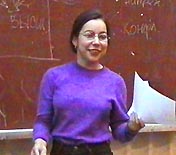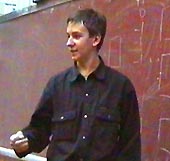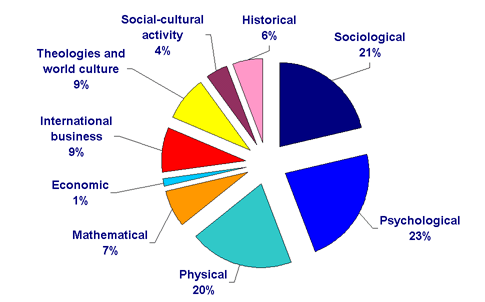


|
Model of Conflict of Duties Performance in Family Modelling Objects: father, mother, daughter. Environment: apartment. Influence Factors: hungry, hygiene. Interaction Rule: to satisfy conditions of comfort life in environment. Conflict Situation: objects don't perform its duties. |

|
Model of Priorities Destruction in Family Modelling Objects: husband, wife. Environment: economic state of family. Influence Factors: incomes. Interaction Rule: to save the traditional priorities. Conflict Situation: the wife's income more than husband's income. |

|
Model of Dialogue Crisis in Family Modelling Objects: father, mother, daughter. Environment: psychological sphere. Influence Factors: need for dialogue. Interaction Rule: to search the ways of concensus. Conflict Situation: not coincidence of outlooks. |

|
Model of Life Space in Family Modelling Objects: father, mother, grandmother, son, daughter, cat. Environment: room. Influence Factors: limit of space. Interaction Rule: to distribute the life space. Conflict Situation: lack of required space. |

|
Model of Seasonal Conflicts in Family Modelling Objects: father, mother, grandmother, son, daughter, cat. Environment: biofields. Influence Factors: seasons. Interaction Rule: seasonal migration. Conflict Situation: the inadequate perception of the seasonal change. |
|
This course was being visited the students of the difference specialisation. The below figure illustrates the distribution of students' number according to interest in course on the departments. 
|